
Art
Recovering the Philosophy Chamber, Harvard's Enlightenment-Era Teaching Cabinet
The small chamber was at the heart of intellectual life in New England from 1766 to 1820, and then it all but disappeared.

Art
The small chamber was at the heart of intellectual life in New England from 1766 to 1820, and then it all but disappeared.

Art
Doris Salcedo is interested in replicating the indefinite, affective qualities of mourning — its weight, intangibility, absurdity, and reliance on personal associations.

News
Harvard Art Museums acquired a sample of Vantablack, a material that absorbs almost 100% of light.
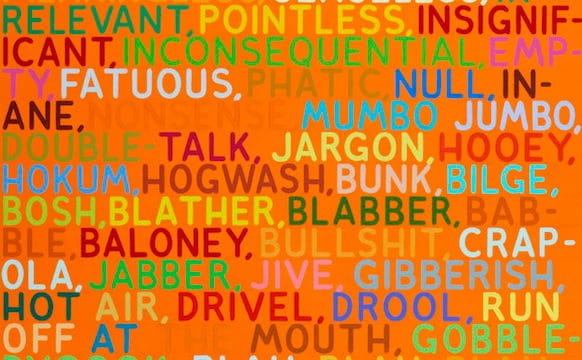
Art
The highly influential conceptual artist Mel Bochner recapitulates his 50-year dalliance with the English thesaurus.
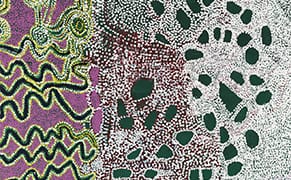
Art
CAMBRIDGE, Mass. — In 1971, at a remote government settlement in Australia’s Northern Territory called Papunya, a group of elderly Aboriginal men painted designs from ancestral creation stories onto a school wall in cheap, bright acrylics.

News
Home to one of the first and largest collections devoted to the Bauhaus, Harvard Art Museums now has a new, online resource that makes it easier to navigate these holdings.

Art
CAMBRIDGE, Mass. — The first blue pigment to hold its color was often prized over gold. The semi-precious stone lapis lazuli was ground into an iridescent pigment, sometimes called ultramarine, that seemed to shine when applied to the canvas.
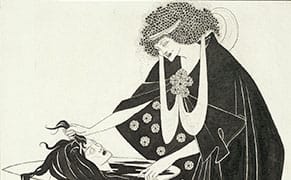
Art
Symbolist artists — including Aubrey Beardsley, Jean Delville, and Odilon Redon — were united less by style than by their shared intention of illustrating invisible aspects of human experience.
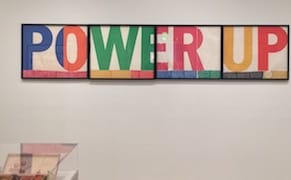
Art
CAMBRIDGE, Mass. — Among Pop art’s notable motifs are capitalism, consumerism, and now Catholicism.
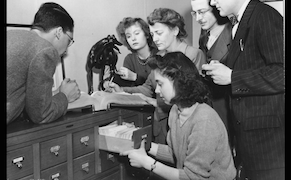
Art
Today, archivists across the US took to Twitter to answer questions from the public.

Art
Cambridge, Mass. — There is a story that sometimes circulates through the art world claiming the reason some of Mark Rothko’s work has faded over time is because he bought his paint at Woolworth’s Department Store.
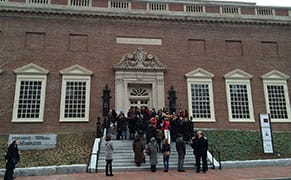
Art
CAMBRIDGE, Mass. — On a warm day in June six years ago, the front doors of the Fogg Museum closed quietly. There was no banner reading “Closing Day” on Quincy Street at the edge of Harvard Yard, no ceremony, no press, no speech. At five o’clock, museum visitors shuffled out the exit in droves, totin